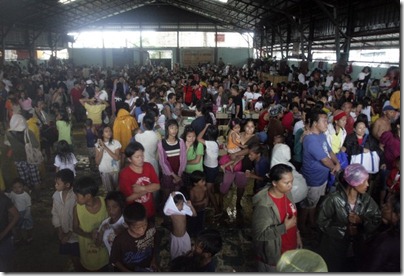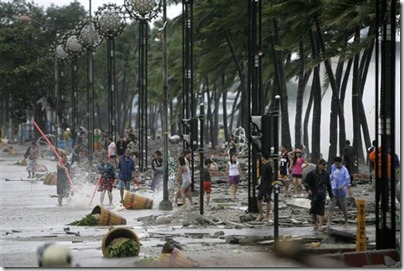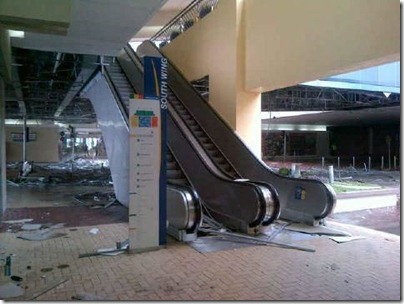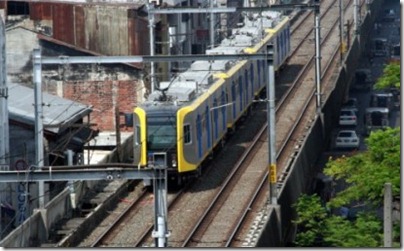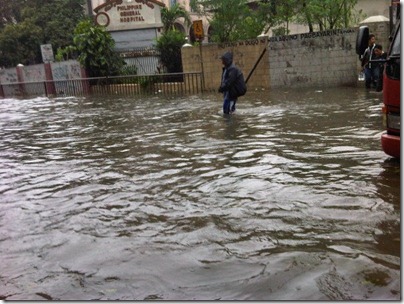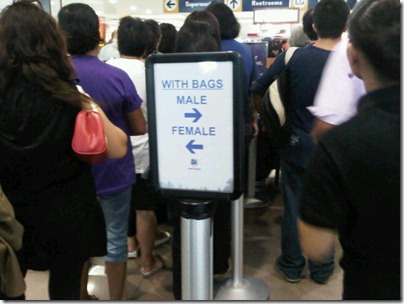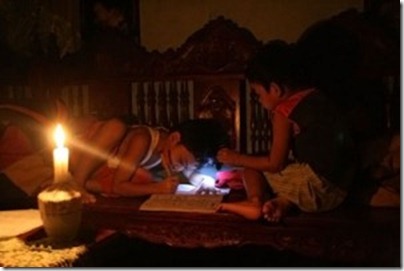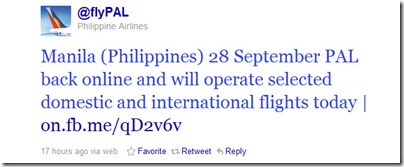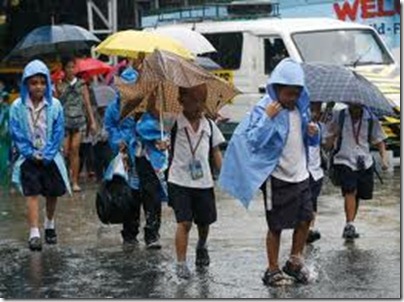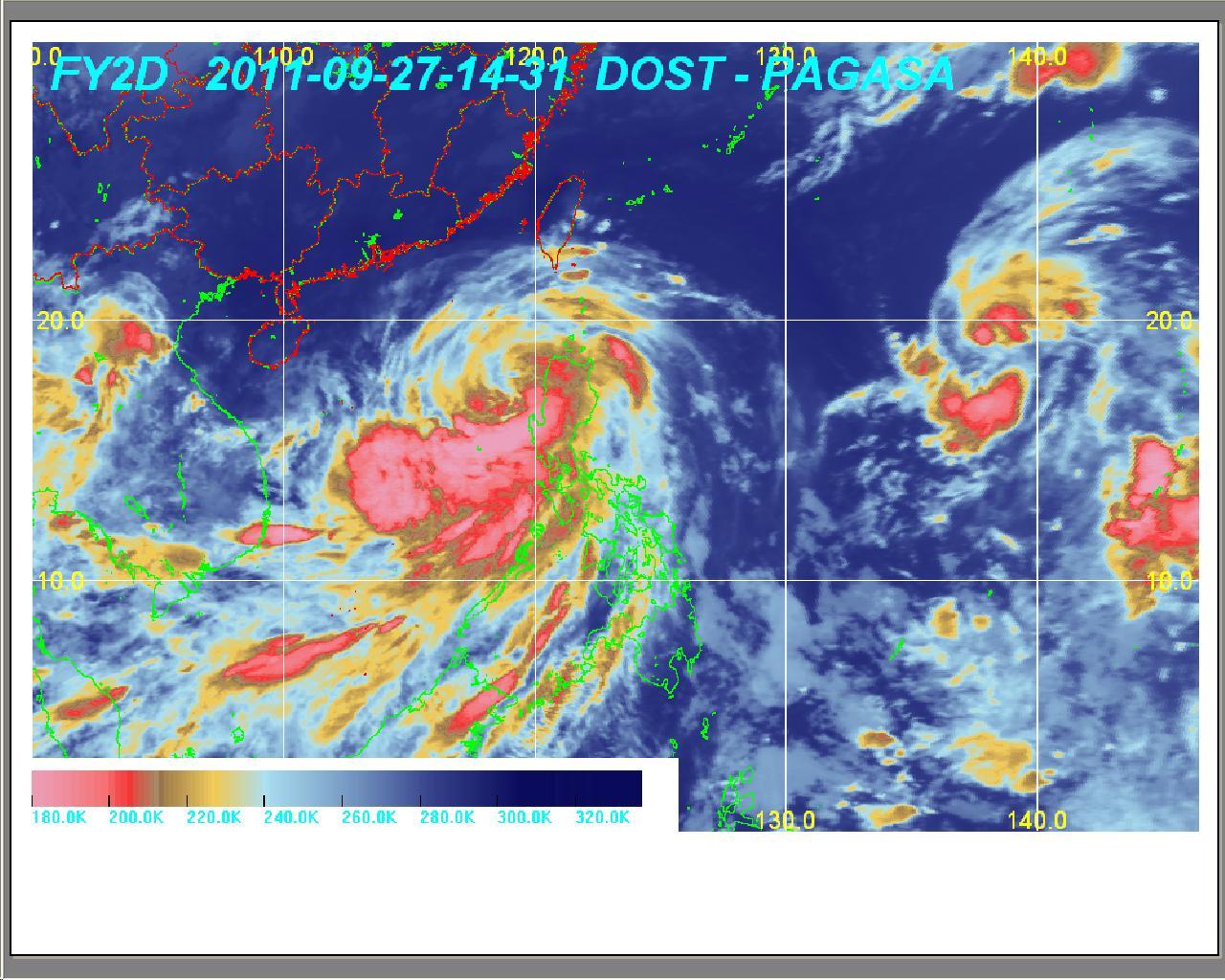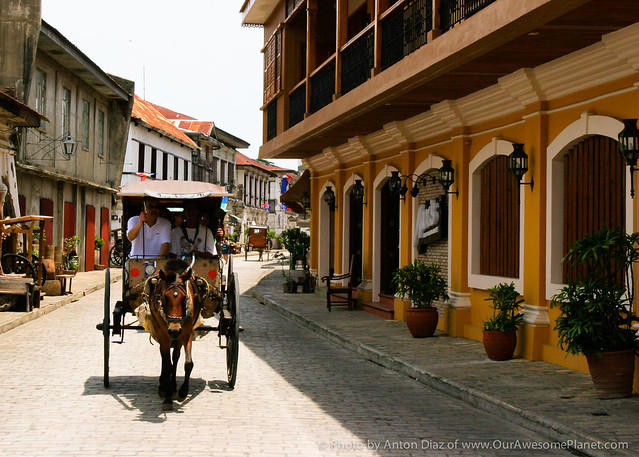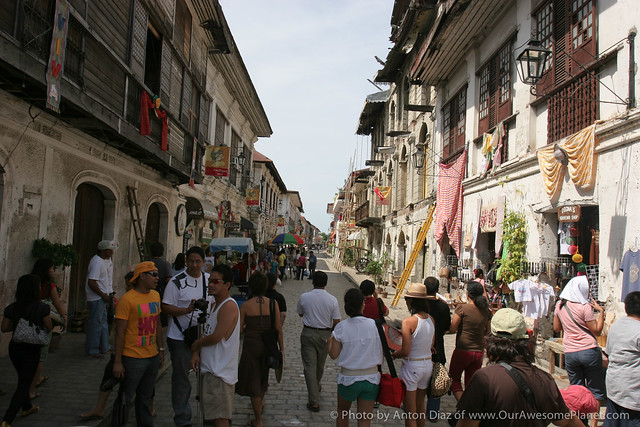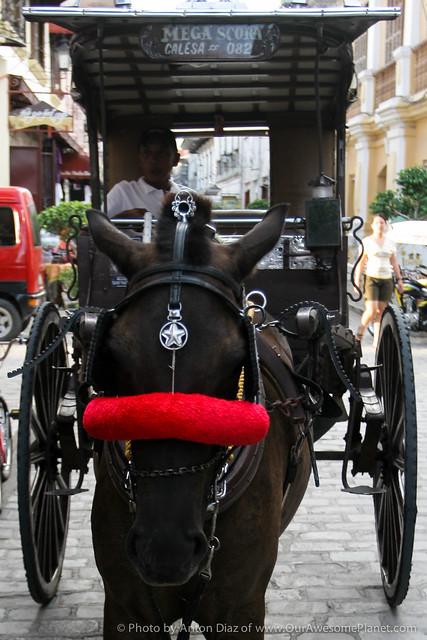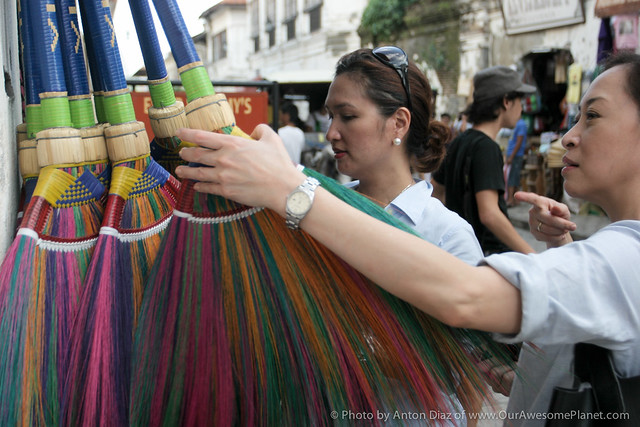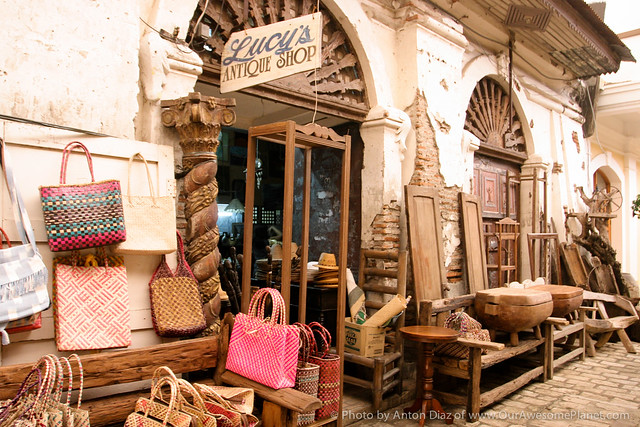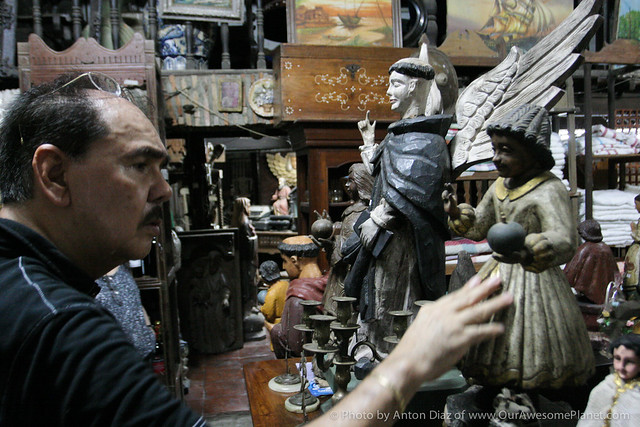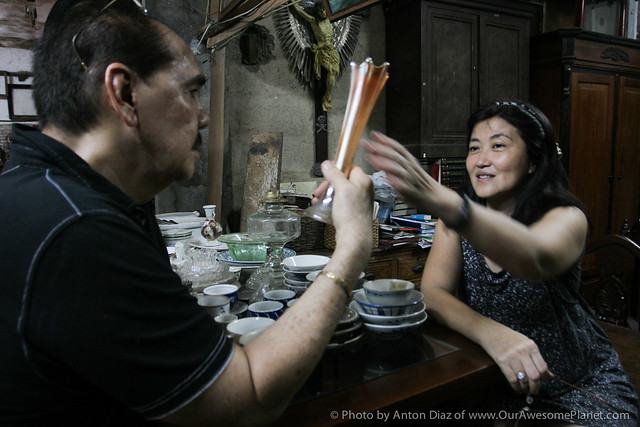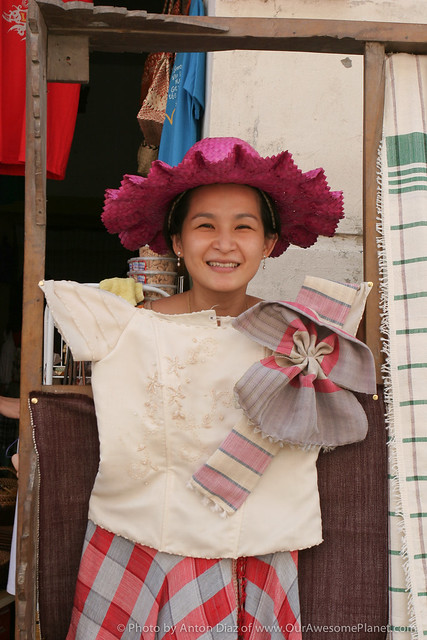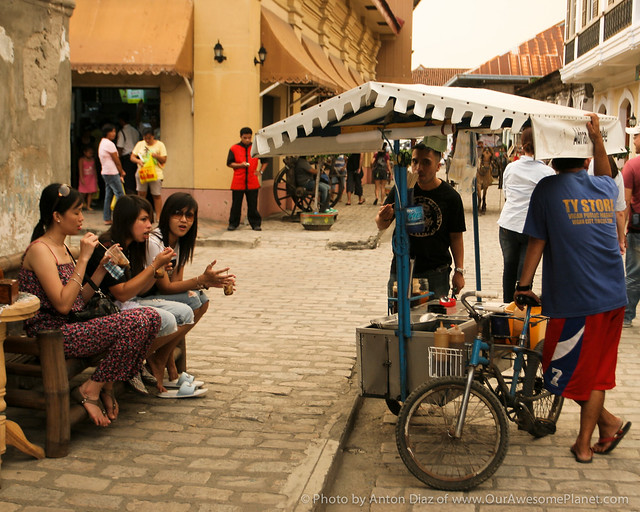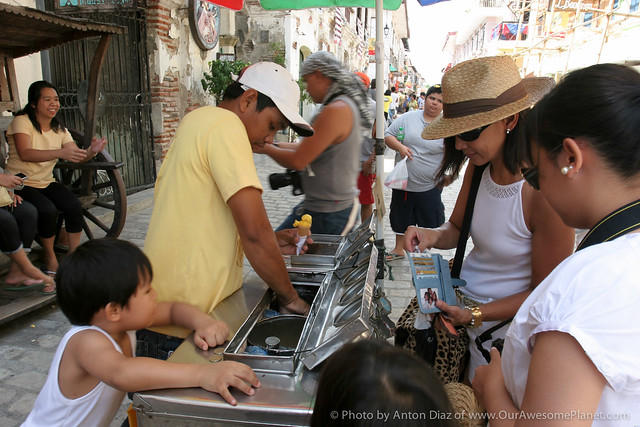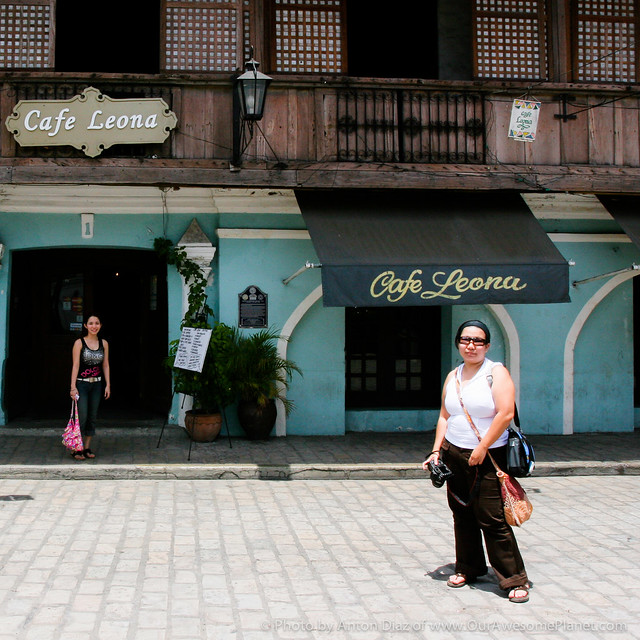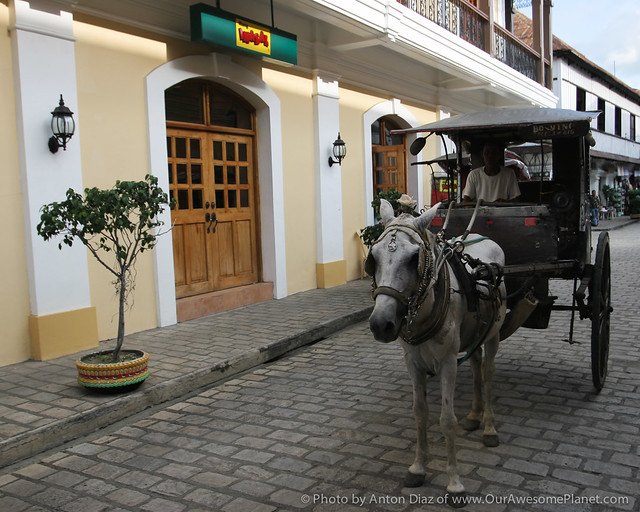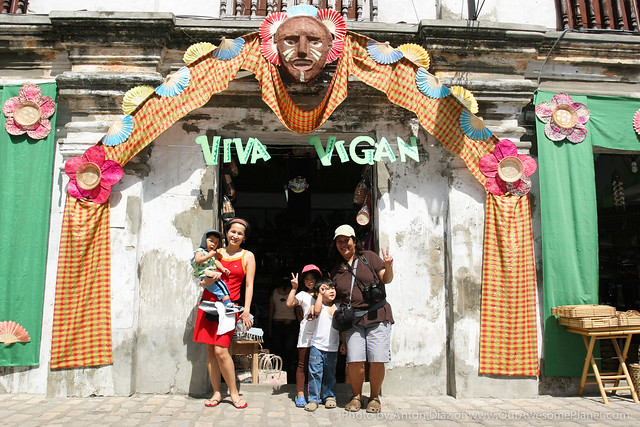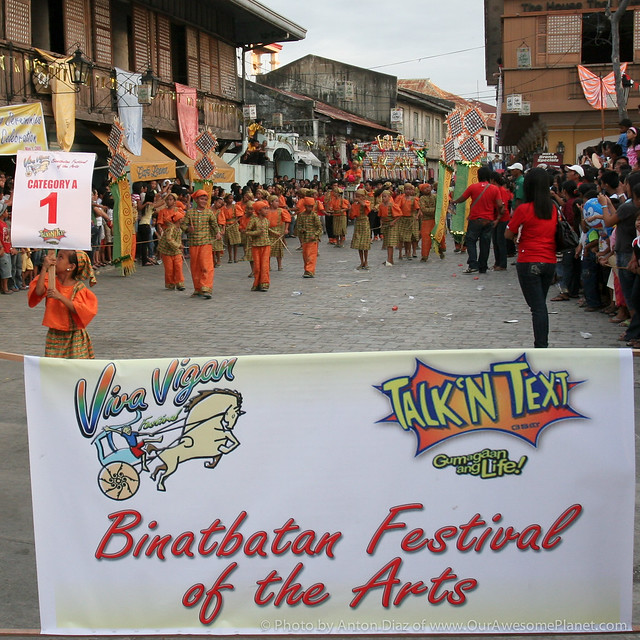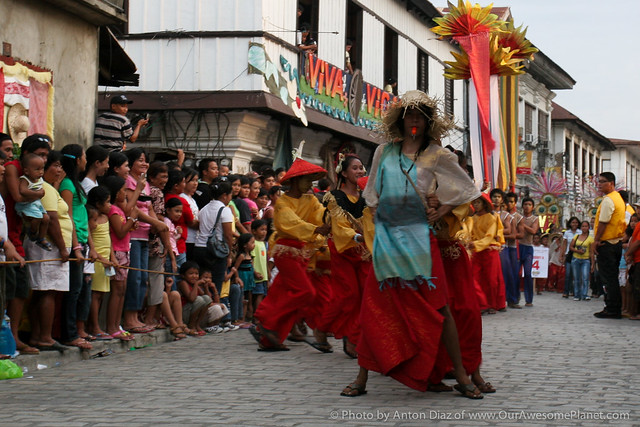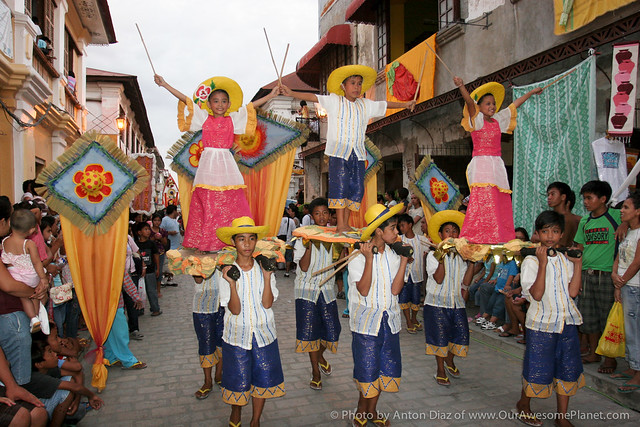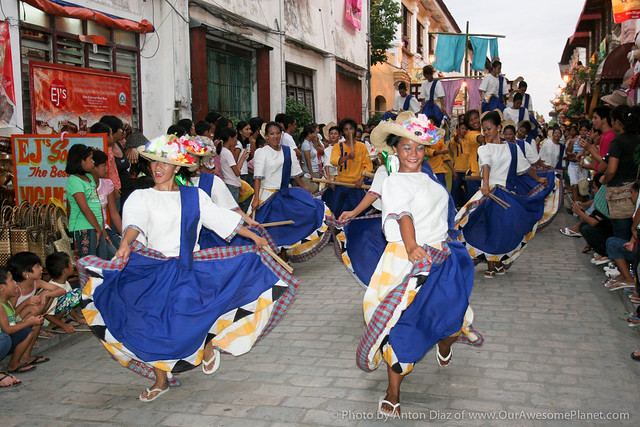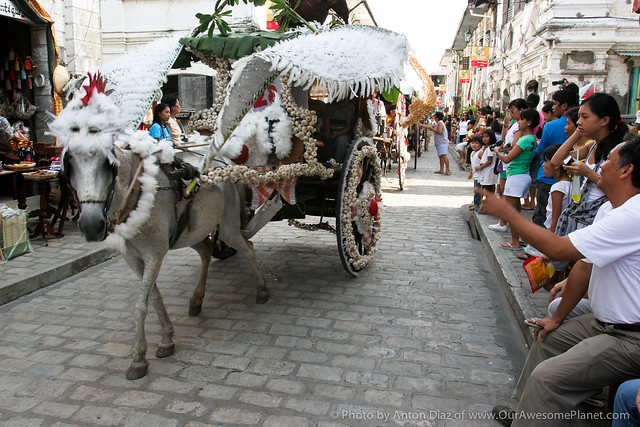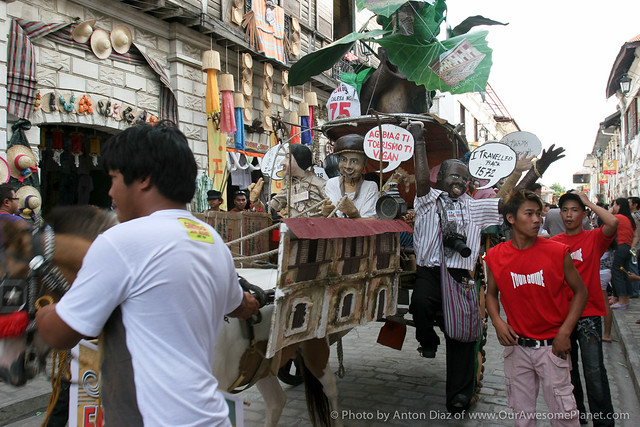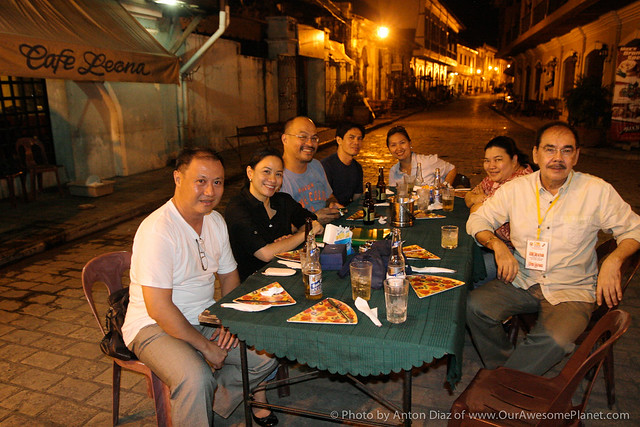typhoon pedring (international name NESAT) batters the philippines
(All photos are not mine. Credit goes to their respectful owners)
Photo of Roxas Boulevard at the height of Typhoon pedring

Debris scattered around Mall of Asia’s South Wing. Tsk tsk. I wonder how much damage businesses will suffer from these?
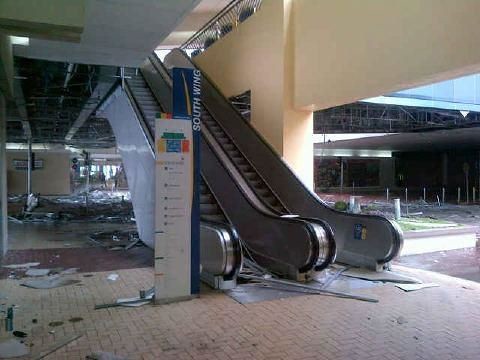
The scene outside Hyatt Hotel and Casino Manila on Pedro Gil St. which was also affected by the floods

Fallen trees like these are a common sight on the roads.
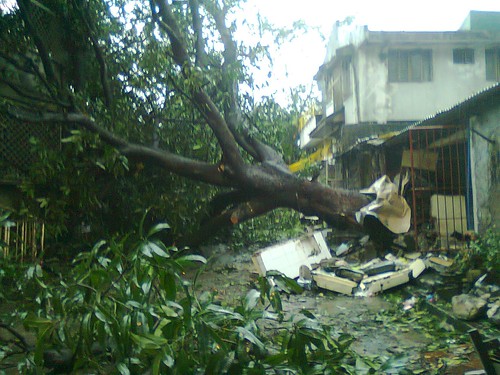
Most people had to go through waist-deep waters
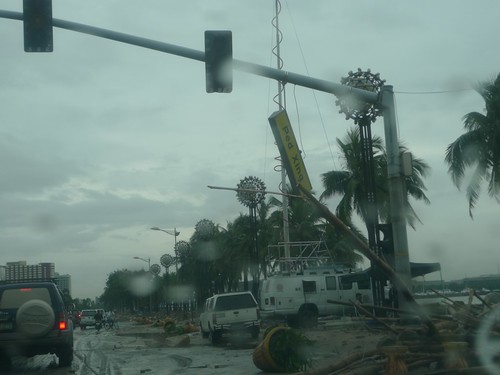
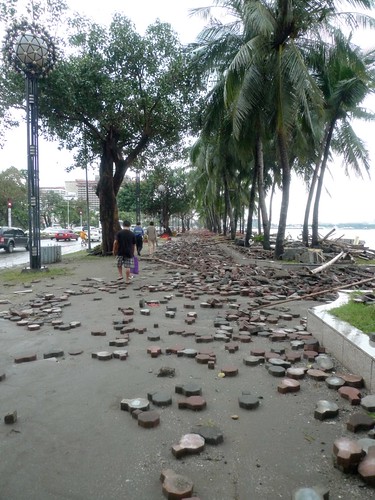
What happened with Pedring was totally unimaginable. As Manila Mayor Alfredo Lim said, even century-old trees were toppled down.
This is a sample of the seawall that collapsed due to a “storm surge” that sent tsunami-like waves into the main road

Ask the Manila city government now how you can donate relief goods for the various evacuation centers. Our displaced countrymen needs your help.
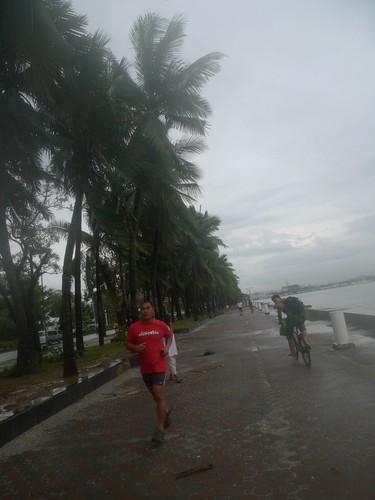
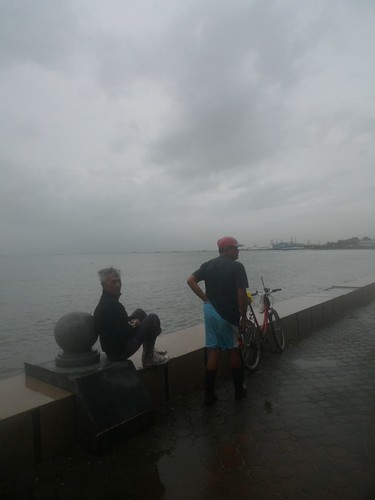
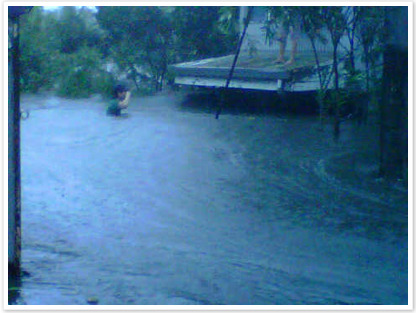

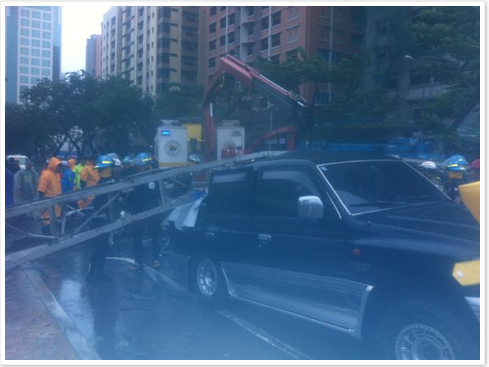
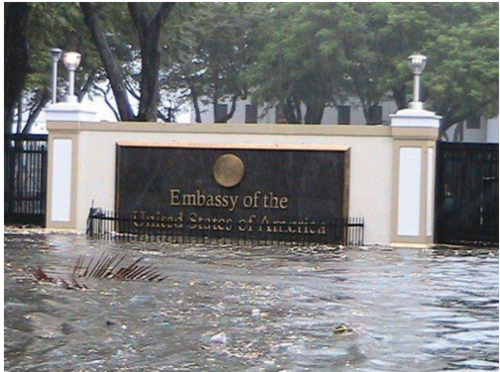

One of the heavily hit areas is along the stretch of Roxas Boulevard when part of the seawall collapsed due to the storm surge instantly flooding the streets and establishments with water coming from Manila Bay.
Here are some more photos on what Typhoon Pedring brought us.
Photo of Roxas Boulevard at the height of Typhoon pedring

Debris scattered around Mall of Asia’s South Wing. Tsk tsk. I wonder how much damage businesses will suffer from these?

The scene outside Hyatt Hotel and Casino Manila on Pedro Gil St. which was also affected by the floods

Fallen trees like these are a common sight on the roads.

Most people had to go through waist-deep waters


What happened with Pedring was totally unimaginable. As Manila Mayor Alfredo Lim said, even century-old trees were toppled down.
This is a sample of the seawall that collapsed due to a “storm surge” that sent tsunami-like waves into the main road

Ask the Manila city government now how you can donate relief goods for the various evacuation centers. Our displaced countrymen needs your help.






What is the state of Metro Manila and some parts of Luzon now that Typhoon Pedring (international name Nesat) is on its way out of the Philippines? Take a look at these pictures.
(Photo credit: Reuters)
Evacuation centers get crowded with families who have lost their homes due to the typhoon
(Photo credit: InterAksyon.com)
Residents clean up debris washed ashore by the storm surges on Manila Bay
(Photo credit: Izumi Chan, Bayan Mo Ipatrol Mo: Ako ang Simula)
Major establishments such as Sofitel and SM Mall of Asia get damaged by the flood
(Photo credit: InterAksyon.com)
LRT and MRT resume operations
(Photo credit: Chuvaness.com)
Some private and government facilities like Philippine General Hospital still flooded
(Photo credit: Patricia Evangelista’s Twitter @patevangelista)
So many people lined up, waiting for SM North to open
Some areas in Metro Manila and Luzon still affected by brownout
PAL resume operations on selected domestic and international flights (from @flyPAL Twitter)
Classes and offices resume on some parts of Metro Manila
And the worst part is, death toll rises to 19 and 35 are reported missing.
Even though Typhoon Pedring is now leaving the country, we should remain vigilant and take the necessary precautions now that there’s another upcoming storm named Typhoon Quiel. It is expected to enter the country within 24 hours.

One of the heavily hit areas is along the stretch of Roxas Boulevard when part of the seawall collapsed due to the storm surge instantly flooding the streets and establishments with water coming from Manila Bay.
Here are some more photos on what Typhoon Pedring brought us.

